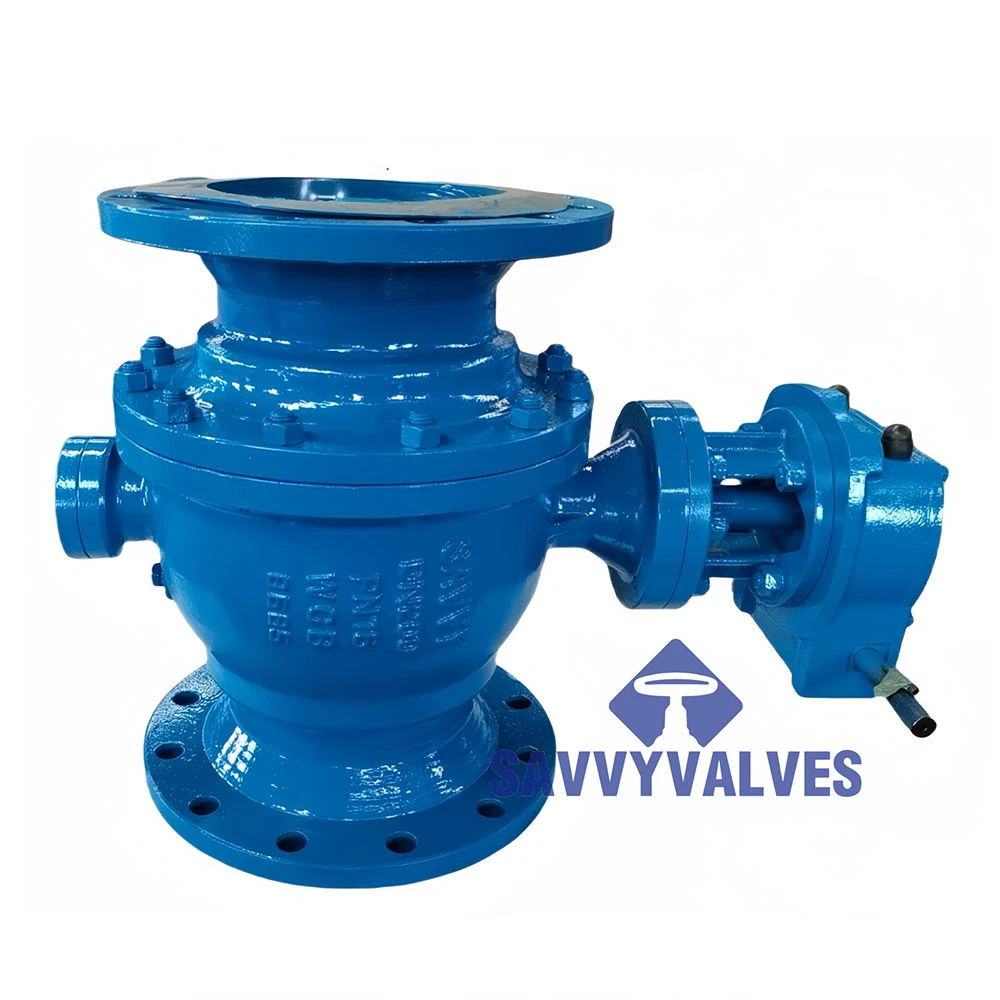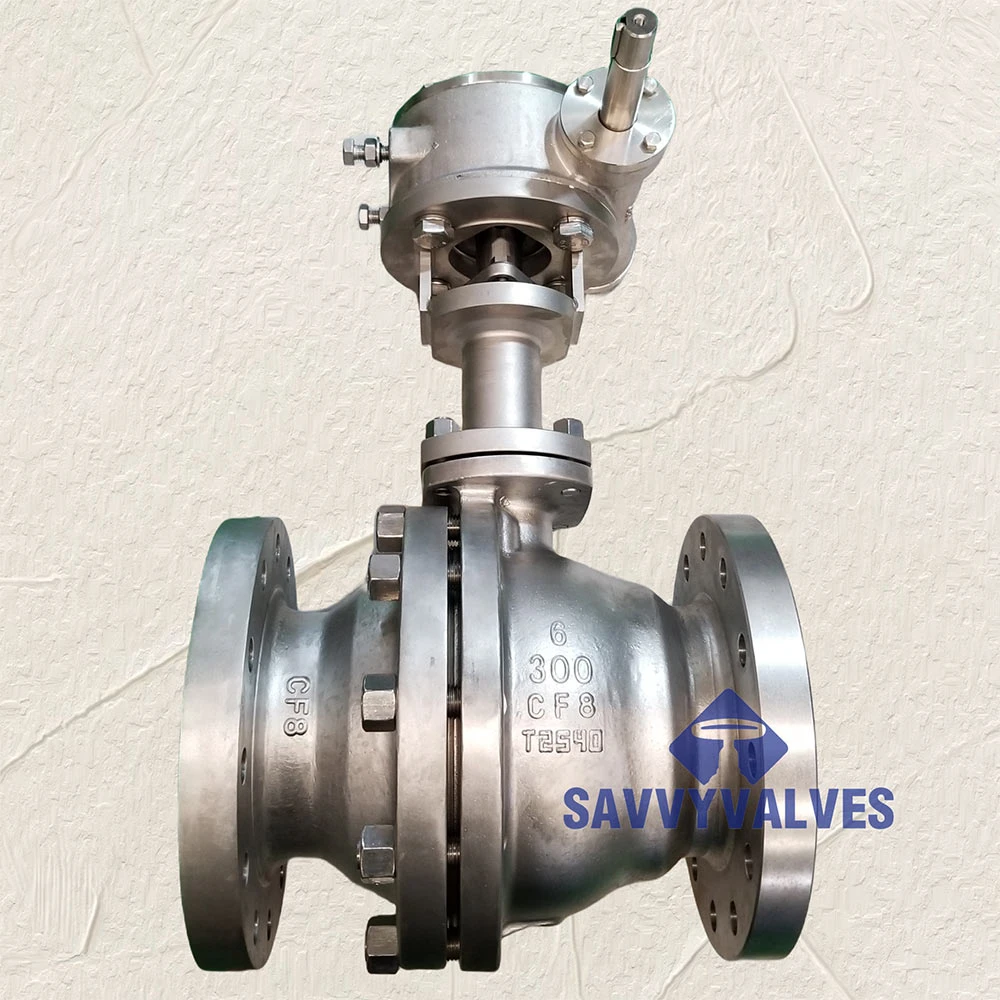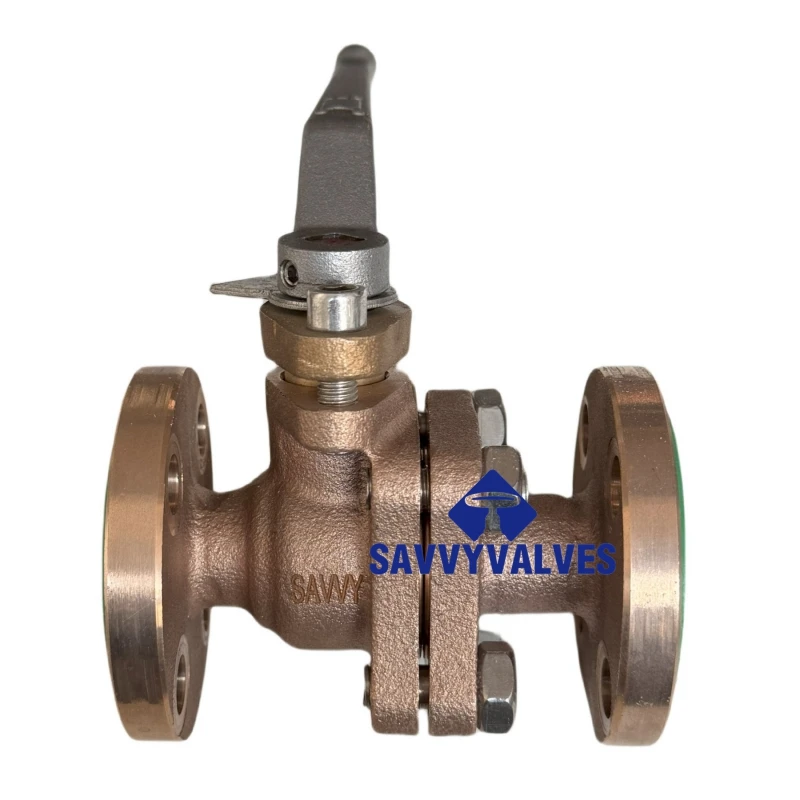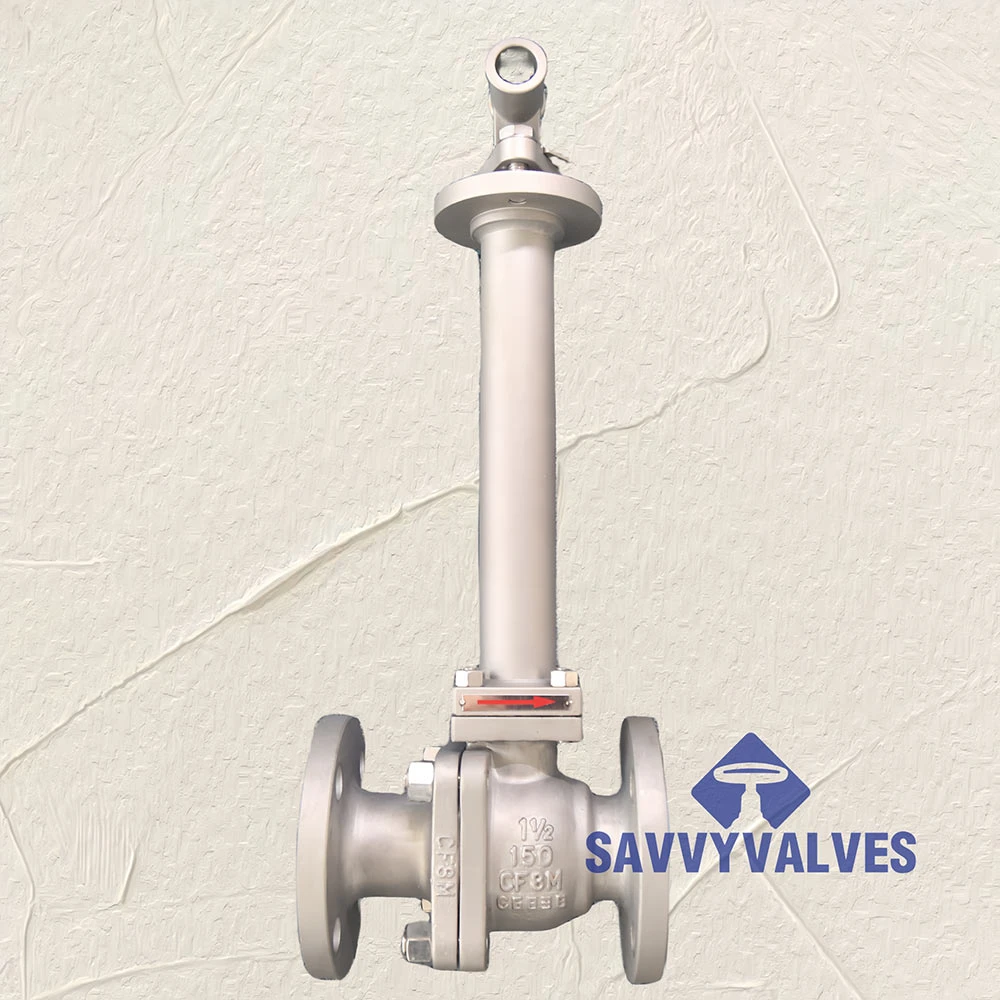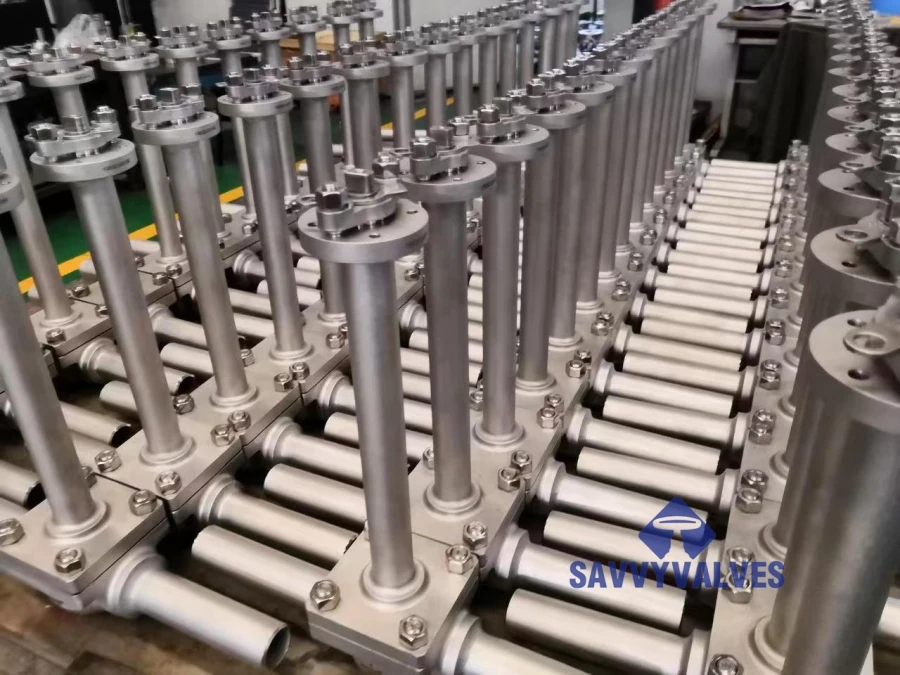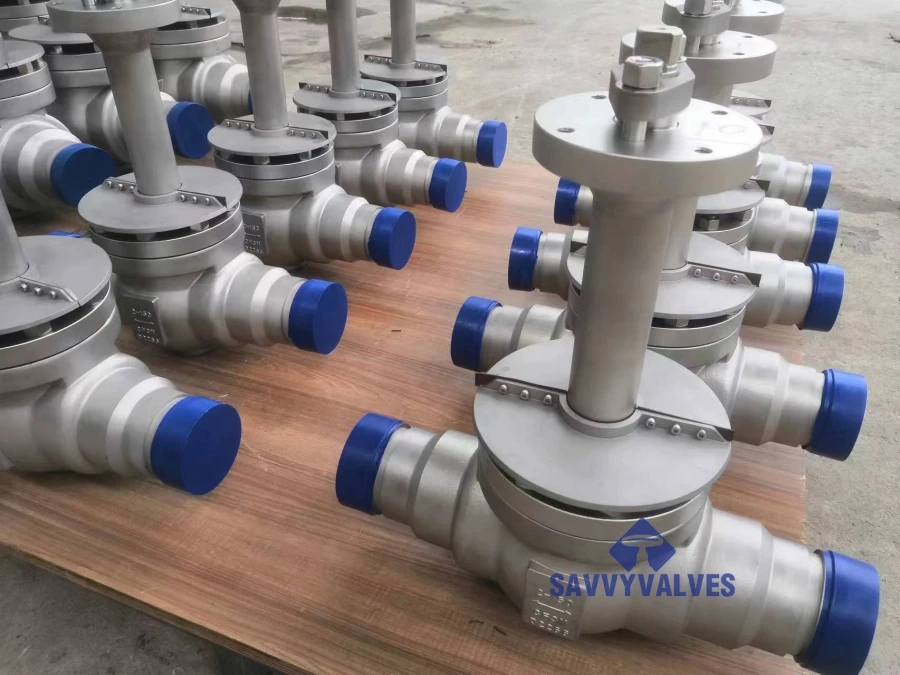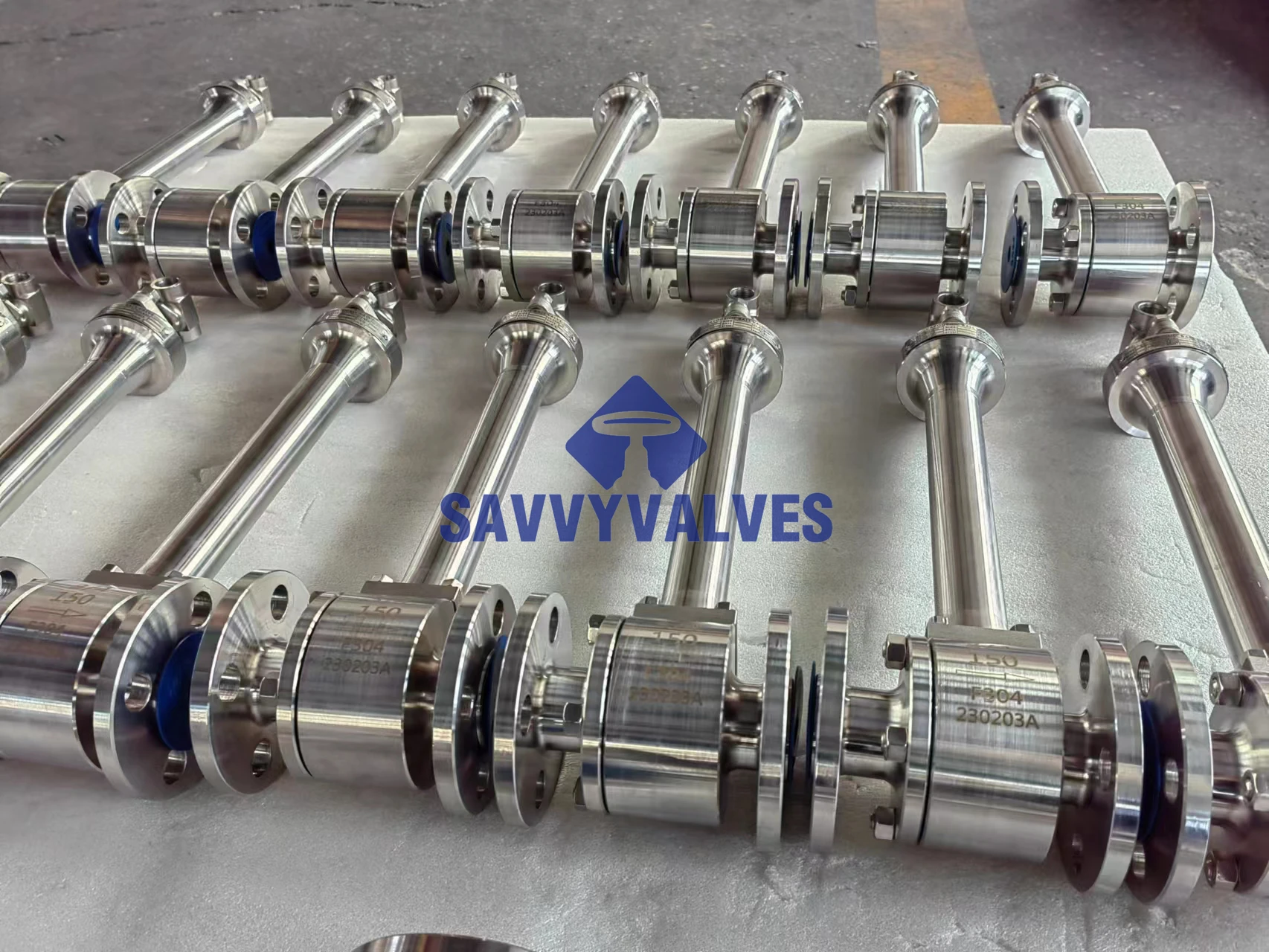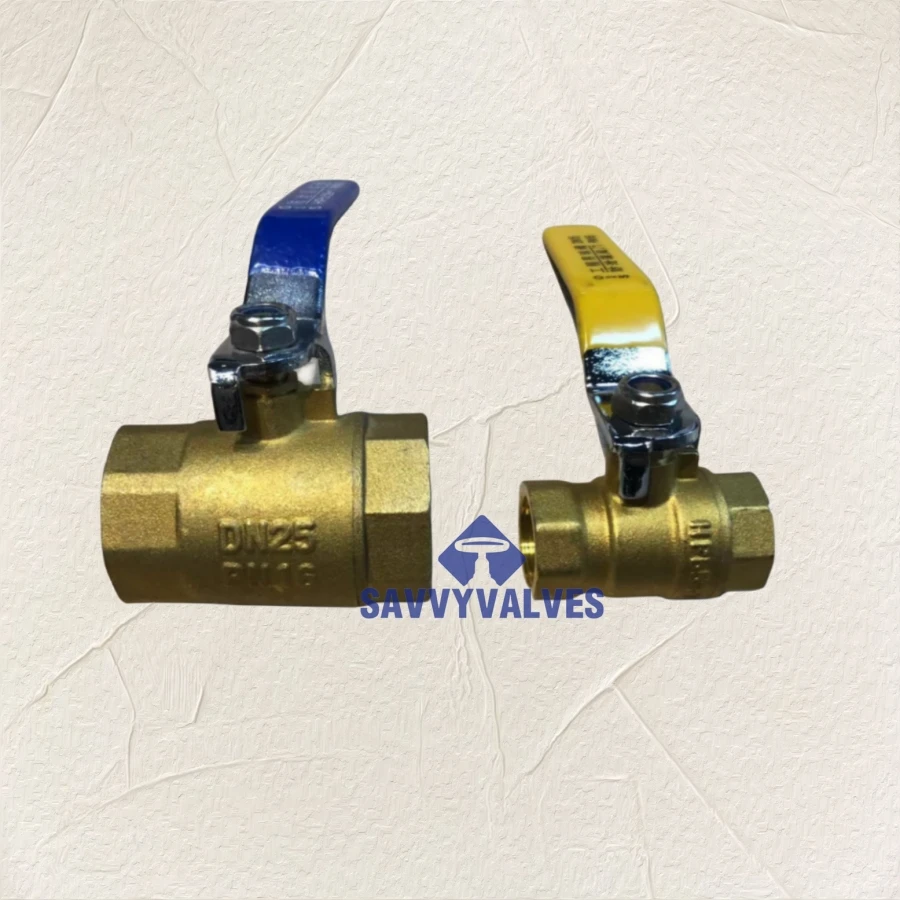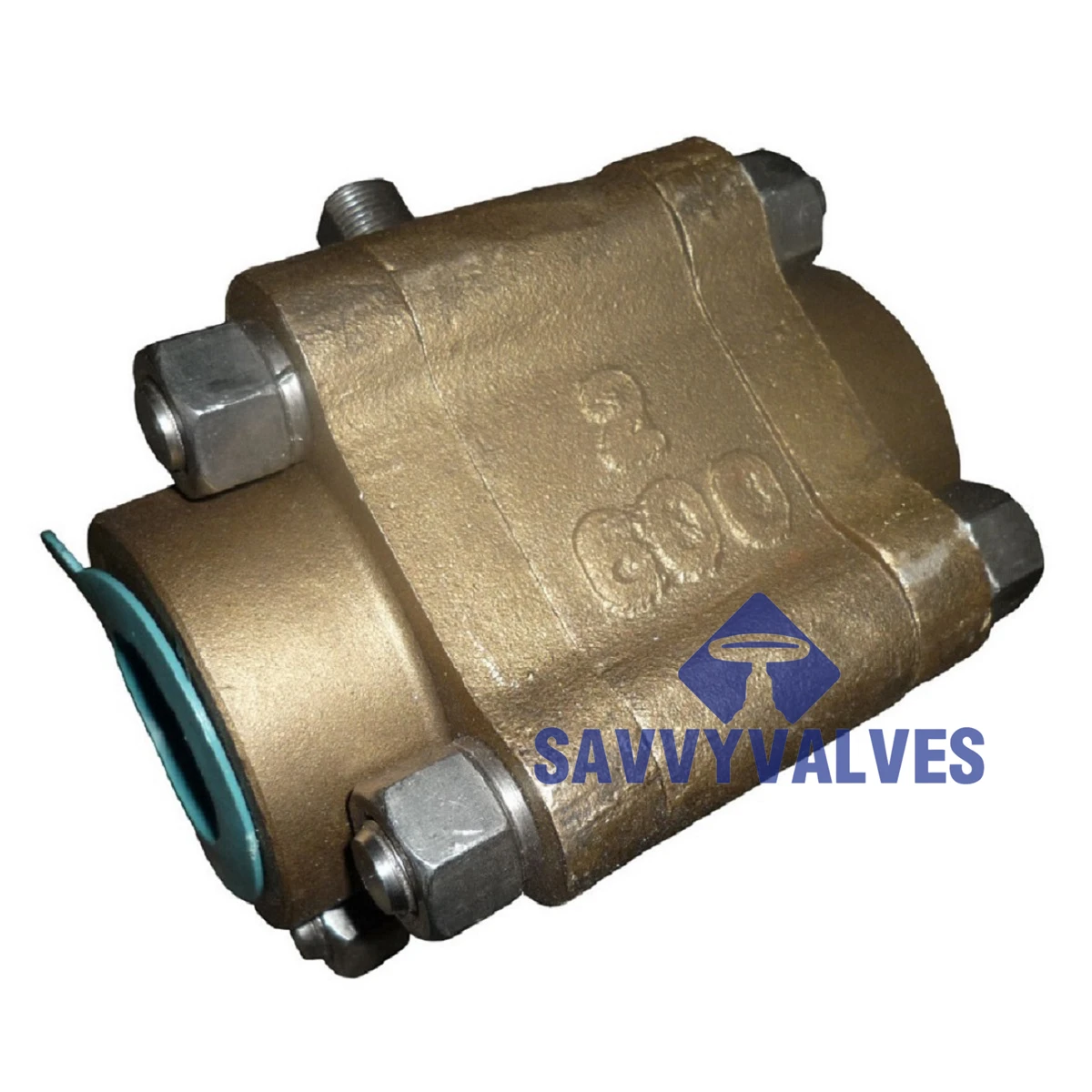Zawory kulowe
-
Na zdjęciu pokazano zawór kulowy API 608 montowany na czopie, o zmniejszonym otworze, 2-częściowy
ROZMIAR: 10″*8″
OCENA:150LB
NADWOZIE I MASKA: ASTM A216 WCB
PIŁKA: ASTM A182 F316
TRZPIEŃ: ASTM A182 F316
SIEDZISKO: ASTM A182 F316 KOŁNIERZ Z WKŁADKĄ DEVLON
WIOSNA: INCONEL X-750
NAPĘD: JEDNOSTKA PRZEKŁADNIOWA
-
Rozmiar: 25A
Klasa ciśnienia: JIS 5K
Materiały kluczowe:
Nadwozie: ASTM A182 F304
Kula: ASTM A182 F304 + chromowana na twardo (HCR)
Trzonek: ASTM A182 F304
Siedzisko: PTFE (politetrafluoroetylen)
Operator: Dźwignia
Koniec połączenia: typ waflowy, wiercony zgodnie z normą JIS B2220 5K
Konfiguracja: Unikalna, kompaktowa obudowa w kształcie wafla
Wykończenie powierzchni: Piaskowane i odtłuszczone
Zakres temperatur: –29°C do 425°C
-
ZDJĘCIE PRZEDSTAWIA DANE TECHNICZNE PONIŻEJ
ROZMIAR: 6″
OCENA: 300LB
KONIEC: KOŁNIERZOWY ZGODNIE Z ASME B16.5 300LB
TEMPERATURA: -70 ℃
NADWOZIE I MASKA: ASTM A351 CF8
PIŁKA: ASTM A182 F304
TRZPIEŃ: ASTM A182 F304
SIEDZISKO: SPRĘŻYNOWO-ENERGETYZOWANE PCTFE
NAPĘD: SIŁOWNIK PNEUMATYCZNY
-
Rozmiar: 4" × 3" (DN100 × DN80)
Nominalne ciśnienie: 150 funtów (ASME B16.5)
Materiały kluczowe:
Nadwozie i maska: ASTM A351 CF8 (stal nierdzewna 304)
Kula: Wysokowydajna ceramika konstrukcyjna (Al₂O₃/ZrO₂)
Trzonek: AISI F304 (stal nierdzewna 304)
Siedzisko: Advanced Ceramic (odporne na zużycie i korozję)
Działanie: wał goły (kompatybilny z siłownikami pneumatycznymi, hydraulicznymi lub elektrycznymi)
Połączenie końcowe: kołnierz z podniesioną powierzchnią (RF)
-
Rozmiar: 15A, 25A
Klasa ciśnienia: JIS 5K
Materiały kluczowe:
Nadwozie/Maska: ASTM B62 C83600 (brąz odlewany)
Piłka: Monel K500
Mostek: Monel K500
Siedzisko: RPTFE (wzmocniony PTFE)
Operator: Dźwignia ręczna
Koniec połączenia: JIS B2220 5K kołnierz czołowy (FF)
Wykończenie powierzchni: piaskowane i odtłuszczone
Zakres temperatur: -29°C do 120°C
-
ZDJĘCIA PRZEDSTAWIAJĄ PONIŻEJ DANE TECHNICZNE:
ROZMIAR: 6″
OCENA: 300LB
KONIEC: KOŁNIERZ ZGODNY Z ASME B16.5
TEMPERATURA: -196 ℃
NADWOZIE I MASKA: ASTM A182 F304
PIŁKA: ASTM A182 F304+HF
SIEDZISKO: PCTFE LUB METAL HF
NAPĘD: MANUALNY I PRZEKŁADNIOWY
-
ZDJĘCIE PRZEDSTAWIA DANE TECHNICZNE PONIŻEJ
ROZMIAR: 1-1/2″
RATING: 150LB
KONIEC: KOŁNIERZOWY ZGODNIE Z ASME B16.5 300LB
TEMPERATURA: -196 ℃
NADWOZIE I MASKA: ASTM A351 CF8M
PIŁKA: ASTM A182 F316+HCR
TRZPIEŃ: ASTM A182 F316
SIEDZISKO: SPRĘŻYNOWO-ENERGETYZOWANE PCTFE
AKTUALIZACJA: DŹWIGNIA
-
ZDJĘCIA PRZEDSTAWIAJĄ PONIŻEJ DANE TECHNICZNE:
ROZMIAR: 1″
RATING: 150LB
KONIEC: BW ZGODNIE Z ASME B16.25
TEMPERATURA: -196 ℃
NADWOZIE I MASKA: A182 F316
PIŁKA: ASTM A182 F316+HF
TRZPIEŃ: ASTM A182 F316
SIEDZISKO: PEEK LUB METAL HF
NAPĘD: MANUALNY I PRZEKŁADNIOWY
-
ZDJĘCIA PRZEDSTAWIAJĄ PONIŻEJ DANE TECHNICZNE:
ROZMIAR: 8″
RATING: 150LB
KONIEC: KOŁNIERZ ZGODNY Z ASME B16.5
TEMPERATURA: -196 ℃
NADWOZIE I MASKA: A351 CF8M
PIŁKA: ASTM A182 F316+HF
TRZPIEŃ: ASTM A182 F316
SIEDZISKO: PCTFE LUB METAL HF
NAPĘD: MANUALNY I PRZEKŁADNIOWY
-
ZDJĘCIA PRZEDSTAWIAJĄ PONIŻEJ DANE TECHNICZNE:
ROZMIAR: 3/4″ 6″
OCENA: 150LB 300LB
KONIEC: KOŁNIERZ ZGODNY Z ASME B16.5
TEMPERATURA: -196 ℃
NADWOZIE I MASKA: ASTM A182 F304
PIŁKA: ASTM A182 F304+HF
SIEDZISKO: PCTFE LUB METAL HF
NAPĘD: MANUALNY I PRZEKŁADNIOWY
-
ZDJĘCIE PRZEDSTAWIA DANE TECHNICZNE PONIŻEJ
ROZMIAR:DN25
OCENA:PN16
KORPUS I MASKA: MOSIĄDZ
PŁYTA: MOSIĄDZ
TRZONEK: MOSIĄDZ
SIEDZISKO: MOSIĄDZ
AKTUALIZACJA: DŹWIGNIA
-
PRZYKŁADOWE SPECYFIKACJE
ROZMIAR: 2″
OCENA:600LB
KORPUS I MASKA: B62
PIŁKA: ASTM A182 F316
TRZPIEŃ: ASTM A182 F316
SIEDZISKO: PTFE
NAPĘD: KOŁO
A ball valve is a type of quarter-turn valve that controls flow using a hollow, perforated, and pivoting ball inside the valve body. When the ball’s hole is aligned with the pipeline, fluid flows freely; when rotated 90 degrees, the flow is completely blocked. This simple mechanism makes ball valves highly reliable for shutoff and control applications. Ball valves are known for their tight sealing performance, durability, and ease of operation. They can handle high pressure and temperature conditions, and are suitable for gas, liquid, or even corrosive media, depending on the materials used. With minimal pressure drop and fast on-off control, ball valves are widely used in industries like oil and gas, water treatment, chemical processing, and general plumbing. They come in various types such as two-way, three-way, floating, and trunnion-mounted, and can be operated manually, pneumatically, or electrically.
- 1
- 2

